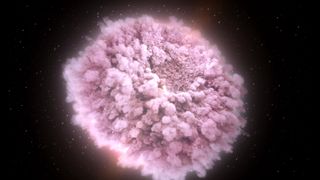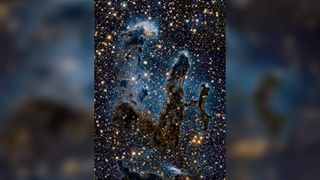supernova
Latest about supernova
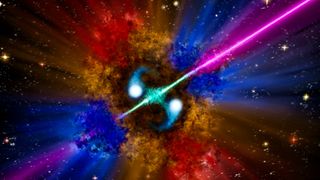
The brightest, most energetic explosions in the universe don't come from where we thought
By Brandon Specktor published
While tracking an incredibly bright gamma-ray burst to its origins, scientists uncovered a hidden explosion that could upend decades of research.
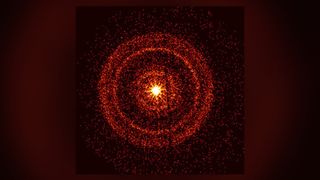
Gamma-ray burst may represent the most powerful cosmic explosion ever recorded
By Robert Lea published
Astronomers stunned by 'brightest of all time' gamma-ray burst reckon it could be the most powerful space explosion since the Big Bang
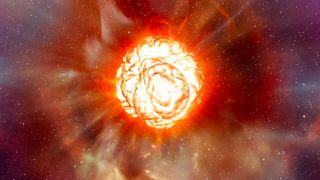
Astronomers develop 'early warning system' to watch supernova explosions tear through the cosmos in real time
By Jamie Carter published
The system would alert astronomers when a red supergiant is just months away from exploding.
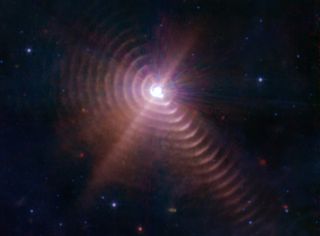
James Webb Telescope captures starlight nudging dust from a dying star into space
By Ben Turner last updated
The astronomers took 16 years to study the movements of the gas clouds.
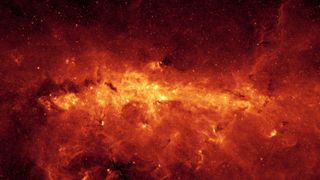
A 'galactic underworld' of ancient, blown-up stars lurks just beneath the Milky Way's surface
By Brandon Specktor published
Where are all the galaxy's dead stars hiding? New research draws the map.

Rare Byzantine coin may show a 'forbidden' supernova explosion from A.D. 1054
By Brandon Specktor published
A rare Byzantine gold coin may depict the ancient supernova SN 1054 in clear defiance of the church.
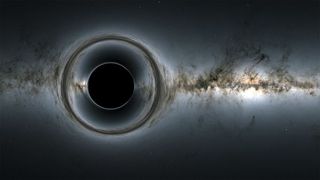
The 7 most terrifying things in space
By Jamie Carter published
Here are seven of the most terrifying things in space, including solar flares, black holes and supernovas.
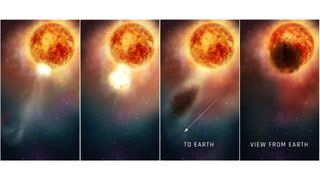
One of the brightest stars in the sky dimmed in 2019. Now we know why.
By Stephanie Pappas published
The star Betelgeuse visibly dimmed in 2019. A new analysis finds that it blew off a huge amount of its surface.
Get the world’s most fascinating discoveries delivered straight to your inbox.


